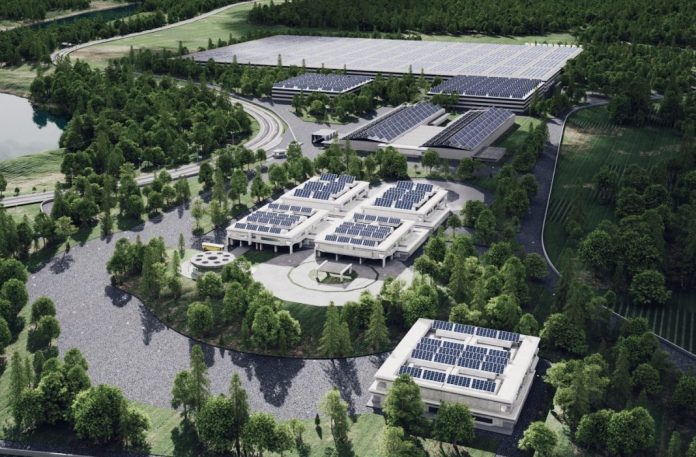But so far, only a fraction of them have caught the attention of banks and investors.
An overview prepared by SalmonBusiness illustrates the feverish interest in land-based salmon farms. Where there are political and reputational bottlenecks in the countries that produce salmon in open sea cages, more and more people are choosing to build fish farms on land.
The overview shows 68 companies that are behind 84 planned fish farms. All producing salmon.
However, only a fraction of them are funded. And none of the really big projects are fully so. Here, land-based salmon farmers must develop in several stages, and show that they can produce fish at the right quality and cost.
High risk
Banks have long been lukewarm about funding land-based salmon farms on a “stand-alone basis”. To that end, the technological and biological risks are considered too great. Thus, players must hunt for money in the equity market, not unlike the cod farming boom 15 years ago.
SB was able to report on Wednesday that there is a steady stream of land-based salmon farmers on the Oslo Stock Exchange, the dominant marketplace for salmon, both in the sea and on land. Four land-based salmon farmers are already on the stock exchange, and a number of others are on their way.
Of those chasing funding, the largest and most ambitious player is the multinational Pure Salmon. The company, owned by 8F Asset Management, hopes to build five different land-based facilities, aiming for a total of 260,000 tonnes of salmon in annual production. This constitutes 18 per-cent of the sample in SalmonBusiness’ overview, of more than 1.4 million tonnes (which is marginally more than Norway’s entire 2020 salmon production).
Capital-intensive
At the same time, only a small number of the aforementioned 68 companies are in the process of producing salmon. In 2020, the total harvest volume from land-based fish farms amounted to between 10,000 and 15,000 tonnes. In the market, this is neglectable and equivalent of half a week’s harvest in Norway.
However, this harvest volume may increase sharply in the years to come – if more of the companies secure funding for this very capital-intensive form of production.
The 12 most ambitious of the land-based fish farming companies are the following:




